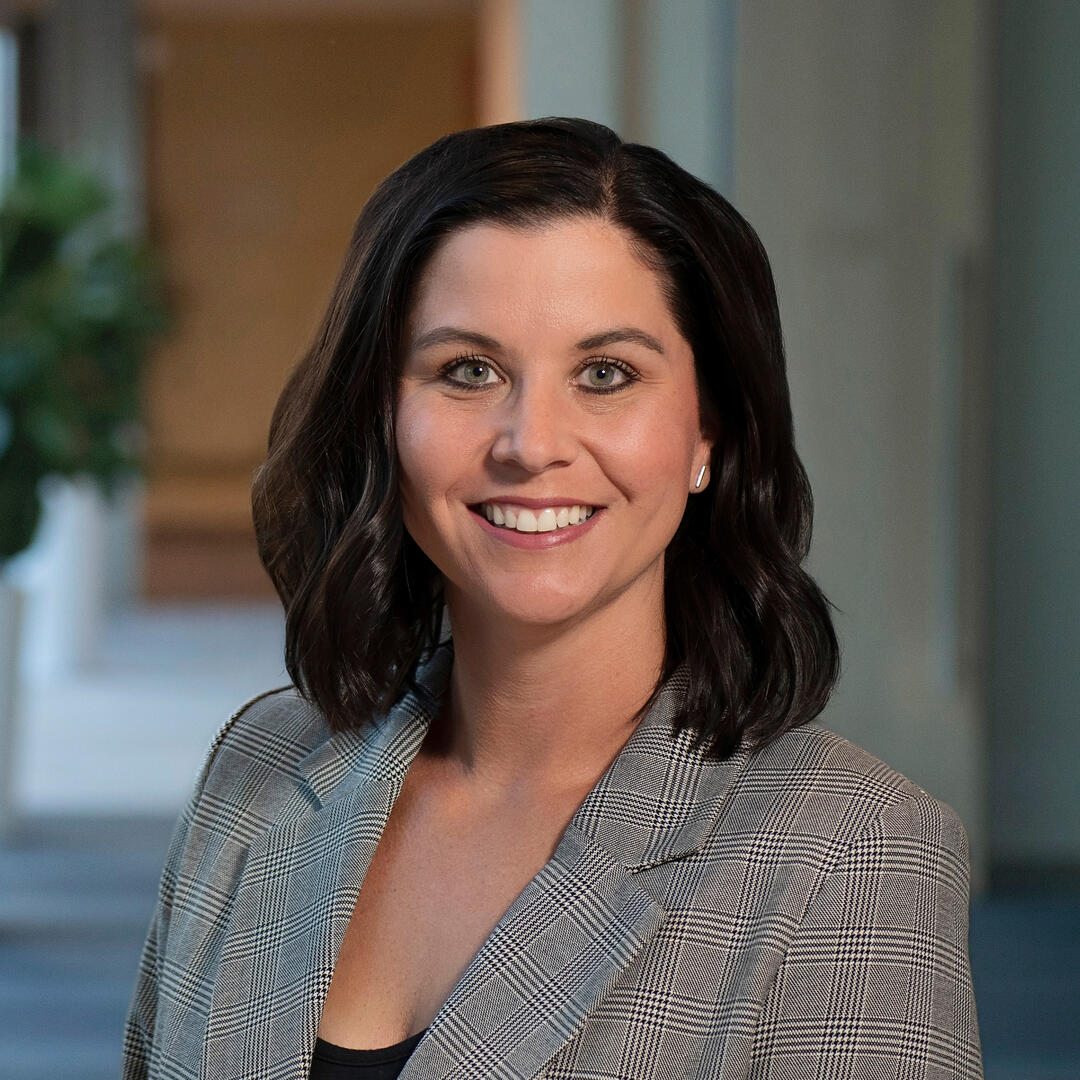This place where visitors speak in respectful tones, where trumpets sound refrains of Taps, where rifle salutes crack over fields of white marble headstones.
This place where valor comes to rest.
Today, 141 national cemeteries serve veterans across the United States, but the list started with just 14 in 1862. Fort Scott National Cemetery is one of the original 14.
The eastern Kansas cemetery marks the remains of 7,800 soldiers and family members dating to the establishment of Fort Scott in 1842. The roster of interments includes Native American soldiers who served in Indian Home Guard Regiments during the Civil War and members of the First Kansas Colored Volunteer Infantry, the first Union Army regiment of African American soldiers to battle Confederate forces.
If not for a couple of fortuitous land acquisitions, Fort Scott National Cemetery may have closed to new burials years ago. Finding ways to maximize the remaining space will help ensure the cemetery continues to serve veterans for years to come.
Olsson was honored to contribute our expertise for one such project at the cemetery.
“It makes me proud to work on a project that honors those who served. A national cemetery is the kind of project you really want to be a part of,” said Nick Calton, field operations team leader for our Springfield, Joplin, and Fayetteville offices.
Cemetery projects hold extra significance for us because our founder, the late John E. Olsson, completed a rural cemetery plat as his first project after starting the firm in 1956.
For this project, the U.S. Department of Veterans Affairs needed to install 700 precast concrete crypts in an undeveloped section of the cemetery. To save space, the project design incorporated double-depth crypts, which allow a veteran and his or her spouse to be interred in a single plot. Each crypt provides space for two caskets.
While double-depth crypts have been effectively used at other national cemeteries, the project marked their first use at Fort Scott.
FourFront Design retained Olsson to provide construction inspection services. Installing the crypts involved substantial earth work and soil analysis to ensure the heavy structures would not move once set.
Kyle Blotter, construction materials testing senior technician at Olsson, visually inspected the crypts for flaws or damage. He monitored and documented several stages of soil replacement, which included installing geotextile fabric to guarantee soil stability throughout the entire base of the crypt plot and encircling each structure with soil. Another crucial verification step involved observing the numbering on each crypt to ensure it corresponded with cemetery mapping documents.
After the tightly spaced crypts were set using a telescoping boom lift, pry bars, and laser levels, special graded pea gravel filled the space between the structures. Then the crypt fields were covered with a layer of sand, followed by compacted soil, an irrigation system, and sod. At the time of a burial, cemetery staff will know exactly where to remove just two feet of material to access the crypts.
Kyle observed and inspected those steps as well. And he reviewed reports filed by RKE Contractors.
“It comes down to reducing any possibility of cave in or complications the cemetery staff will have to deal with in the future,” he said.
When Kyle last visited the cemetery in December, he was impressed to see Wreaths Across America had placed wreaths at each grave.
As he took in the scene, he thought about how construction crews had always paused their work when a family gathered to bury a loved one. Those moments drove home the realization that Fort Scott National Cemetery is truly hallowed ground.
“It was really beautiful,” he said. “I thought a lot about what it would mean to the families.”
Having a well-maintained national cemetery in reasonable proximity means a great deal to many military families, said Kenneth Lyon, president of the Old Fort Genealogical Society in the City of Fort Scott.
For Kenneth, an 85-year-old retired Air Force colonel who flew fighter jets in North Vietnam, the cemetery’s history is woven into his own. His father, a World War I veteran, is buried at Fort Scott, as are two brothers who served the nation. His wife is also there. One day, he will join her.
Serving those who’ve served us all is why we felt privileged to work at Fort Scott National Cemetery.

































.avif)





































.avif)

























